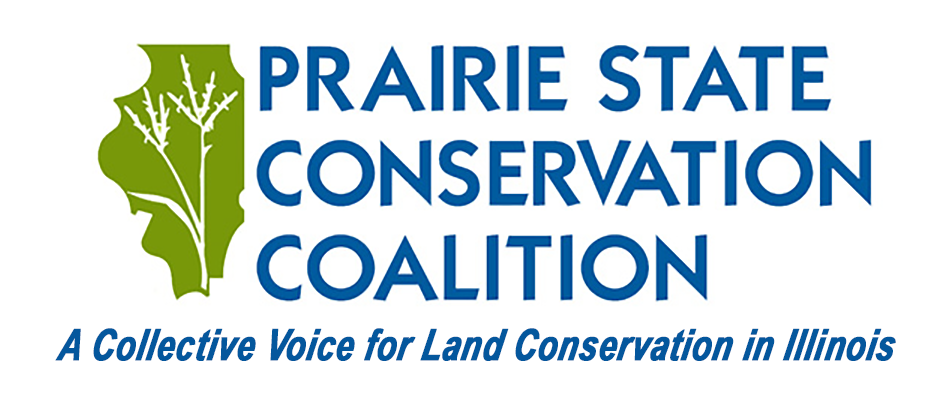
BHS students wade into Flint Creek to measure the width of the stream as a part of the physical monitoring process.
Advanced placement and honors Environmental Science students at Barrington High School became “citizen scientists” by conducting water testing at five Flint Creek sites in late October, as an ongoing part of Barrington Area Conservation Trust’s Conservation@School Project.
The students continued the stream monitoring work that had begun in September by performing physical, chemical and biological tests to gather comparative data against the baseline readings they took last month.
The sites will be monitored two additional times throughout the school year, with the next monitoring visit occurring in March 2016. Once readings are taken, these “citizen scientists” will enter real world data into a stream monitoring program to make comparisons between sites, from season to season as well as from year to year.
The Conservation@School Project, formerly the Conservation Leadership Project, provides Barrington High School students with experiences both in the classroom and out in the field. These experiences help foster meaningful and lifelong connections to the natural world around us.
Through the project, more than 220 students will be engaged this year to study the health of Flint Creek, which runs through the high school campus. After school clubs, guest speakers, internship opportunities and habitat restoration activities offer additional real world conservation experiences.
“The hands-on experience of being out in nature helped me to fully understand the concepts we discussed in class,” BHS senior Morgan Minow said. “Not only was it fun, and a good break from the classroom environment, but I learned a lot and enjoyed seeing what we learned from class come to life.”
BHS senior Abigail Gustafson said stream monitoring is important to know what’s in our water and how each of us affects and pollutes it.
“We need to be aware of the type of water we are surrounded by and know if we are doing something in our area that alters its natural state,” Gustafson said. “Our bigger purpose is to be aware of what we are doing and take the proper precautions to fix it.”
The program is supported by a generous grant from the Barrington Noon Rotary Club to help purchase supplies as well as cover the donation of stream boots from Barrington Ace Hardware. In addition, program and material support has been provided by the National Great Rivers Research and Education Center.
A wide variety of dedicated community volunteers from the Noon Rotary Club, Tower Lakes Drain Partnership, interested residents, as well as those that have Riverwatch river monitoring training also participated in the monitoring session.
These volunteers included Jim Bland, the author of the book Aquatic Macroinvertebrates of Illinois. Bland helped lead the monitoring and also created the laminated macroinvertebrate identification sheets that students utilized while identifying collected specimens at Flint Creek.
BACT Project Coordinator Susan Lenz said the project has been a great team effort.
“We are so grateful to all those who have participated in this program, providing students with a truly unique and real-world environmental experience right in our own backyard,” Lenz said.
The Barrington Area Conservation Trust has protected nearly 500 acres in Barrington over the last decade and has more than 300 members. It uses conservation easements, land acquisitions, donations and Heritage Corridor easements to preserve open land and the area’s scenic roads. For more information on BACT, visit www.bactrust.org.

